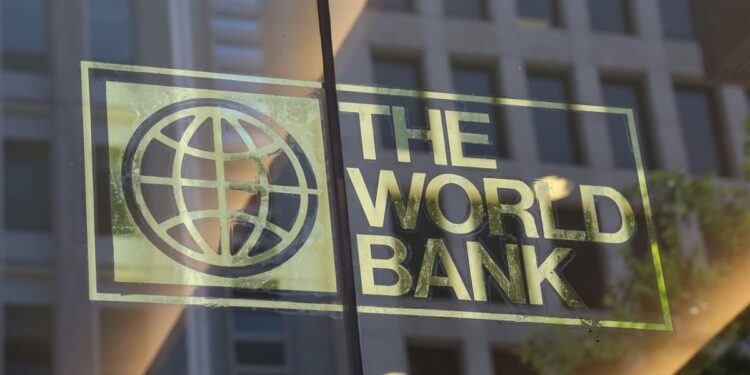The Tunisian economy is expected to record growth of 2.6% in 2025, supported by the resumption of agricultural production-in particular olive oil and cereals-and by a revival of the construction sector, according to the latest World Bank report (BM) in the MENAAP region (Middle East, North Africa, Afghanistan and Pakistan).
The World Bank provides for a slight rebound in Tunisian economic activity after 2024 marked by budgetary tensions and persistent drought.
Agriculture should constitute the main engine of this growth, thanks to a better olive campaign and more abundant cereal crops. The construction sector, boosted by some infrastructure projects, would also contribute to this revival.
In the medium term (2026–2027), growth would stabilize around 2.4%, hampered by limited financing conditions and structural barriers at the entrance to the markets.
Public finances: a deficit in slight improvement
The budget deficit should be 5.7% of GDP in 2025, before reduced to 4.4% in 2027, under the effect of better control of the payroll and subsidies.
Public debt, currently close to 84.5% of GDP, would drop slightly to 83.6% in 2027, reflecting a marginal improvement in the debt trajectory.
The current account deficit should expand to 2.7% of GDP in 2025, due to an increased commercial imbalance, despite the moderate progression of tourist revenue and the drop in oil prices.
The World Bank anticipates gradual deterioration up to 3.1% of GDP in 2027, in connection with the stagnation of foreign investments and persistent constraints on external financing.
Faced with this context, the Tunisian authorities may have to use new currency loans from the Central Bank to meet funding needs.
Reforms necessary to consolidate growth
The report stresses that economic prospects remain vulnerable to several risks: the scarcity of external financing, the pursuit of drought and the uncertainties of international trade.
However, a significant improvement would be possible if Tunisia accelerates structural reforms, including modernization of public enterprises, budgetary discipline and competition stimulation.








